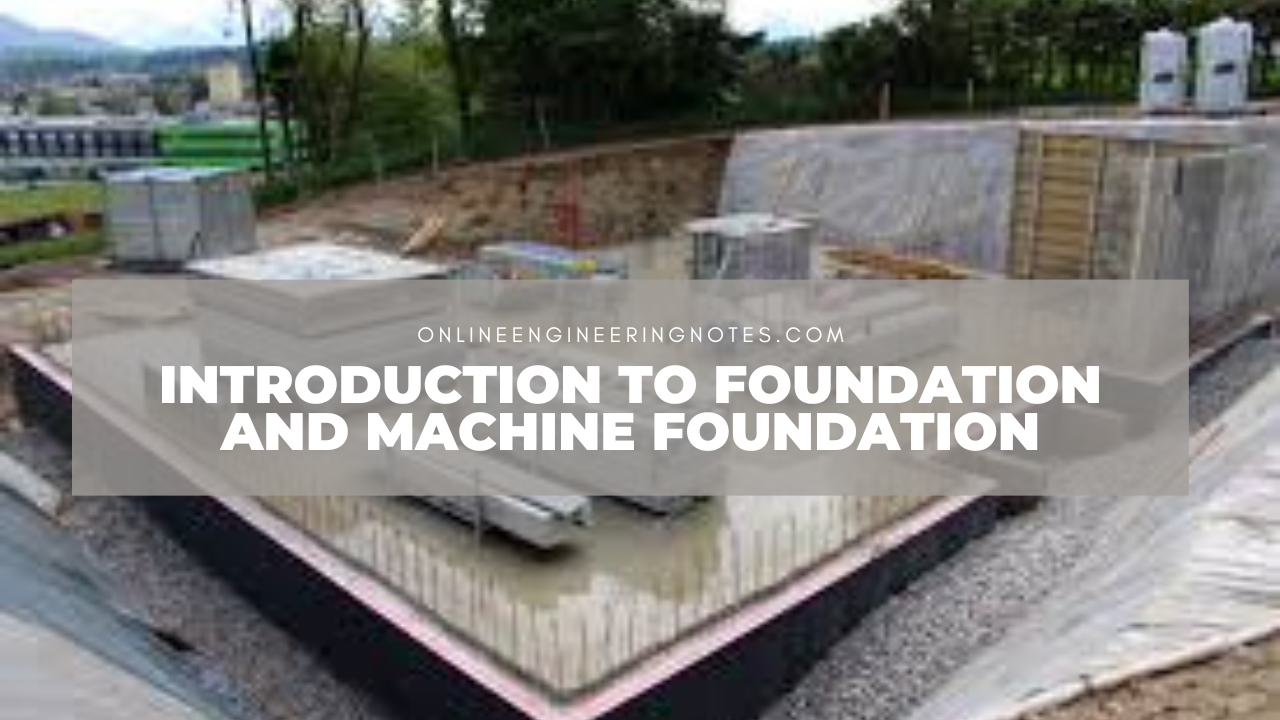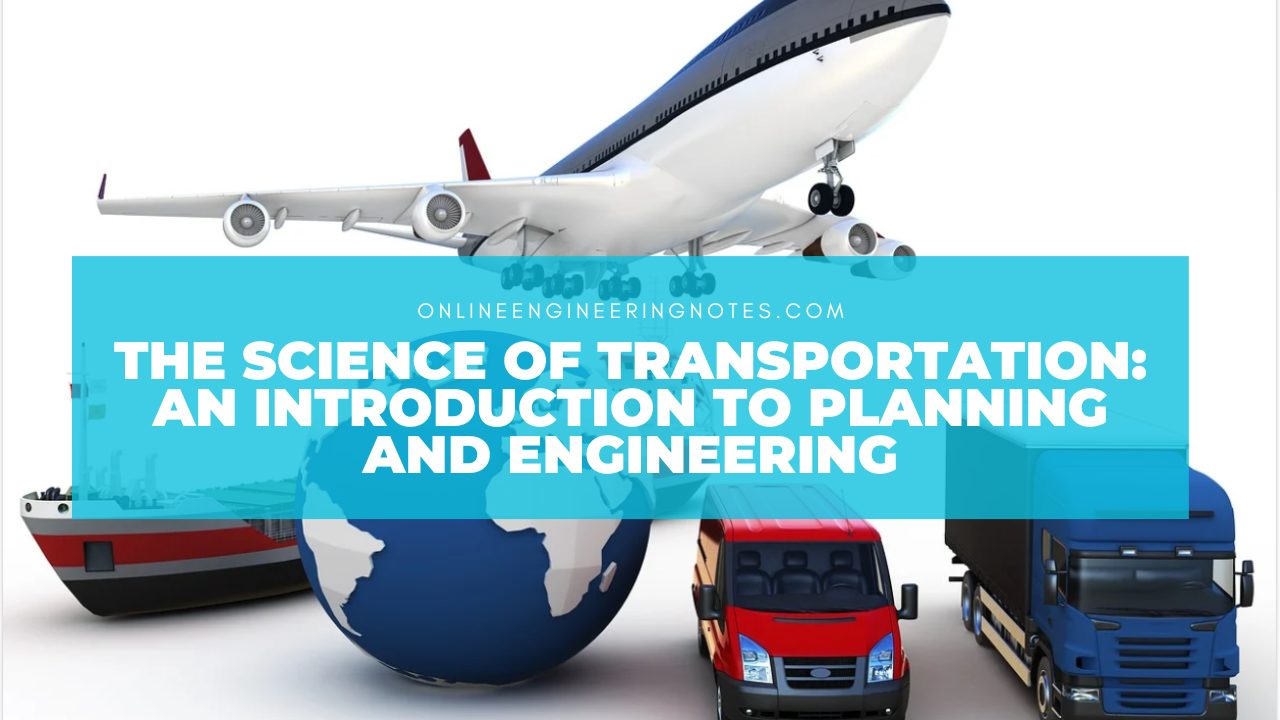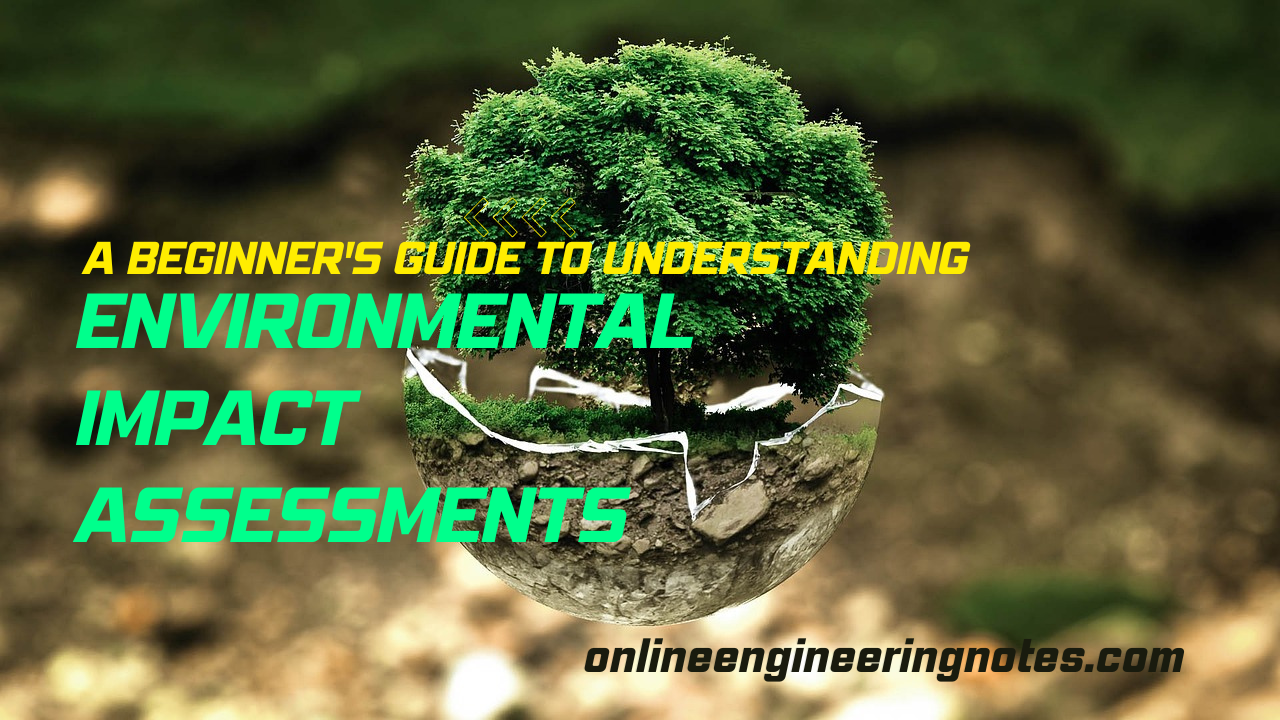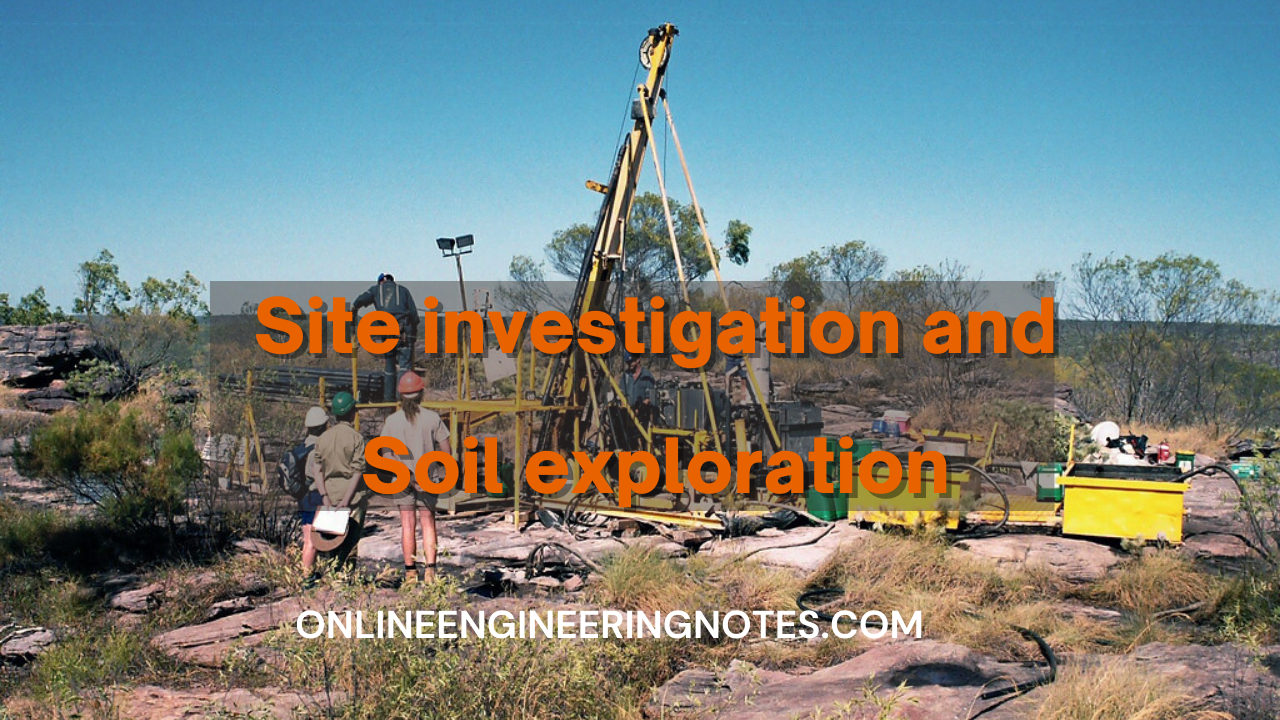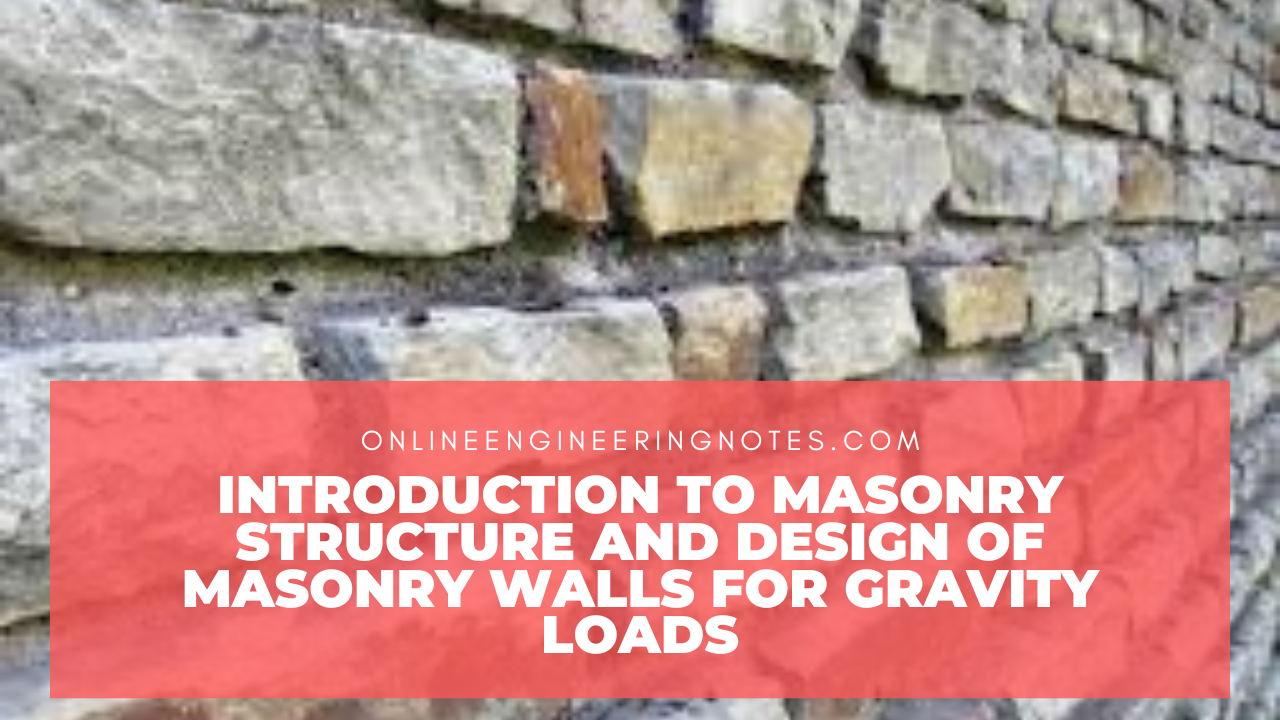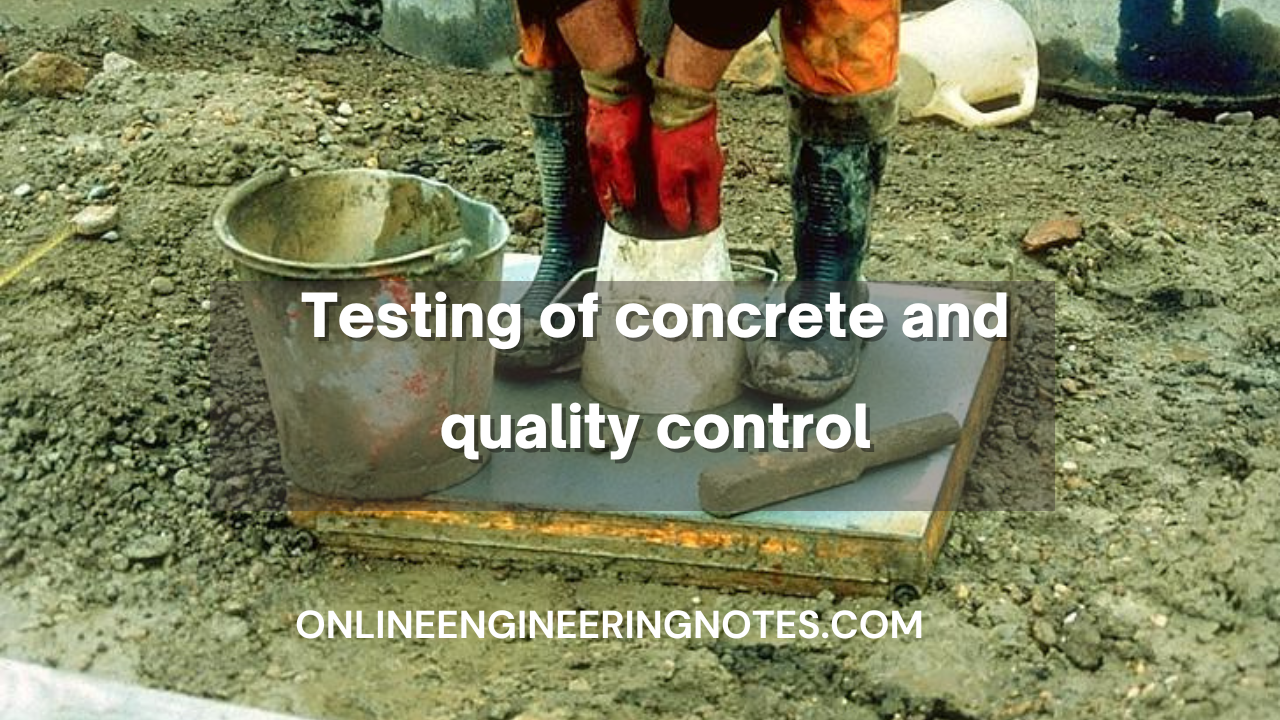Introduction to Foundation and Machine Foundation
1.1 Purpose, importance and types of foundation Types of foundation: A. Shallow foundation Types of shallow foundation: 1. Strip / Continuous footing 2. Spread / Isolated footing 3. Combined footing 4. Strap / Cantilever footing 5. Mat / Raft foundation B. Deep foundation Types of deep foundation: 1. Pile foundation 2. Pier foundation 3. Well … Read more

